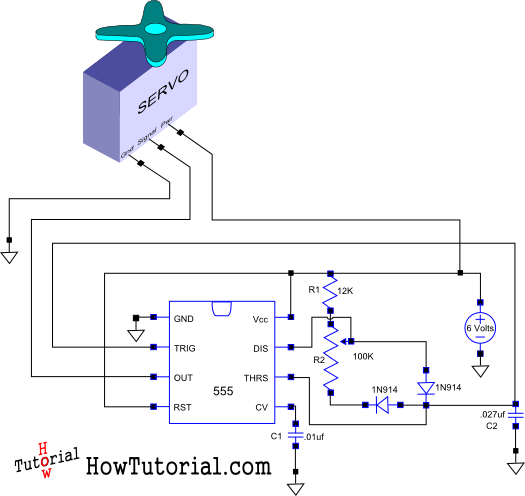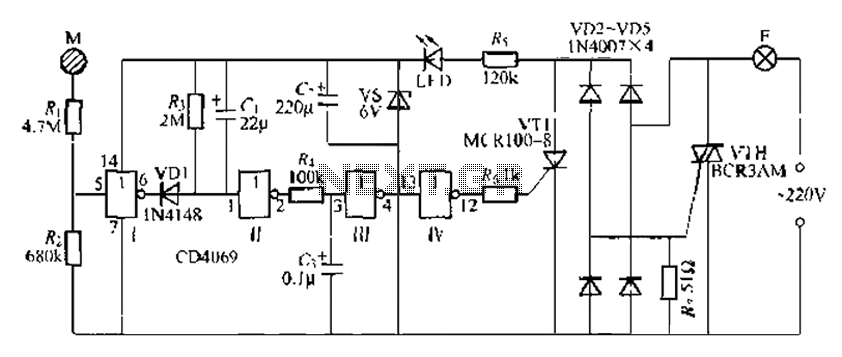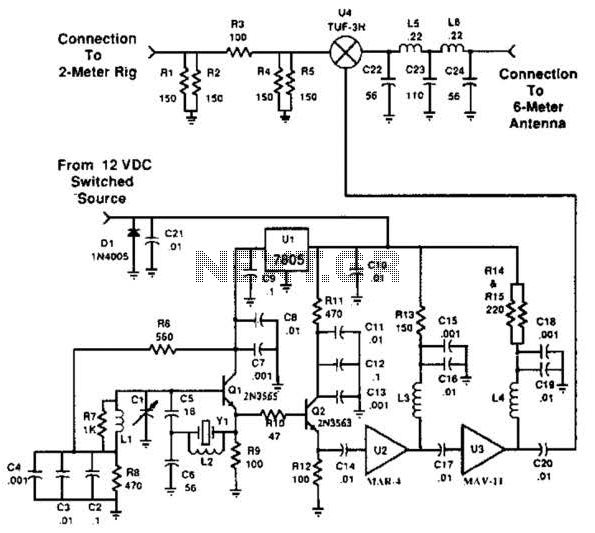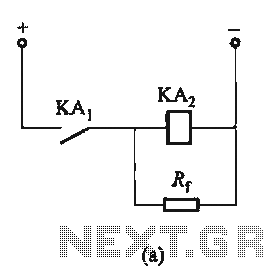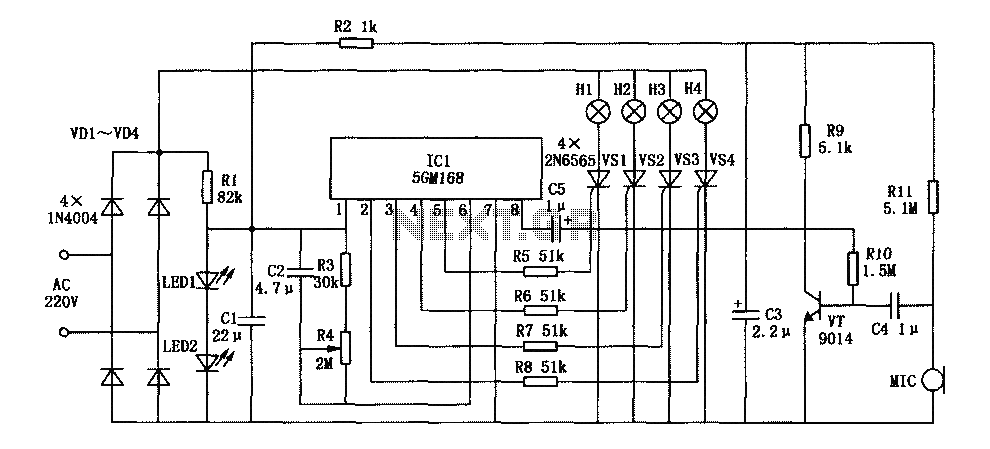
Constant Current Battery Charger circuit
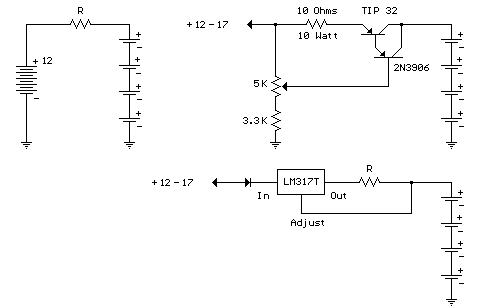
A simple method for charging a battery from a higher voltage battery is illustrated in the circuit below on the left. Only one resistor is required to establish the desired charging current, which is determined by dividing the difference in battery voltages by the charging current.
The circuit described involves using a higher voltage battery to charge a lower voltage battery through a series resistor. The primary function of this resistor is to limit the current flowing into the lower voltage battery, ensuring safe and effective charging. The resistor value can be calculated using Ohm's Law, specifically by applying the formula:
\[ R = \frac{V_{diff}}{I_{charge}} \]
where \( R \) is the resistance in ohms, \( V_{diff} \) is the voltage difference between the two batteries, and \( I_{charge} \) is the desired charging current in amperes.
For example, if the higher voltage battery is 12V and the lower voltage battery is 6V, the voltage difference \( V_{diff} \) is 6V. If the desired charging current is 0.5A, then the required resistor value can be calculated as follows:
\[ R = \frac{6V}{0.5A} = 12 \, \Omega \]
In practice, the resistor must be rated for the power it will dissipate, which can be calculated using the formula:
\[ P = I^2 \times R \]
In this case, substituting the values gives:
\[ P = (0.5A)^2 \times 12 \, \Omega = 3 \, W \]
Thus, a resistor rated for at least 3W should be used to ensure safe operation without overheating.
This simple circuit is effective for charging smaller batteries in applications where a higher voltage source is readily available. However, it is crucial to monitor the charging process to prevent overcharging, which can damage the battery. Additional components such as a diode may be included to prevent reverse current flow once the charging source is removed, thereby protecting both batteries.A simple method of charging a battery from a higher voltage battery is shown in the circuit below to the left. Only one resistor is needed to set the desired charging current and is calculated by dividing the difference in battery voltages by the charge current..
🔗 External reference
The circuit described involves using a higher voltage battery to charge a lower voltage battery through a series resistor. The primary function of this resistor is to limit the current flowing into the lower voltage battery, ensuring safe and effective charging. The resistor value can be calculated using Ohm's Law, specifically by applying the formula:
\[ R = \frac{V_{diff}}{I_{charge}} \]
where \( R \) is the resistance in ohms, \( V_{diff} \) is the voltage difference between the two batteries, and \( I_{charge} \) is the desired charging current in amperes.
For example, if the higher voltage battery is 12V and the lower voltage battery is 6V, the voltage difference \( V_{diff} \) is 6V. If the desired charging current is 0.5A, then the required resistor value can be calculated as follows:
\[ R = \frac{6V}{0.5A} = 12 \, \Omega \]
In practice, the resistor must be rated for the power it will dissipate, which can be calculated using the formula:
\[ P = I^2 \times R \]
In this case, substituting the values gives:
\[ P = (0.5A)^2 \times 12 \, \Omega = 3 \, W \]
Thus, a resistor rated for at least 3W should be used to ensure safe operation without overheating.
This simple circuit is effective for charging smaller batteries in applications where a higher voltage source is readily available. However, it is crucial to monitor the charging process to prevent overcharging, which can damage the battery. Additional components such as a diode may be included to prevent reverse current flow once the charging source is removed, thereby protecting both batteries.A simple method of charging a battery from a higher voltage battery is shown in the circuit below to the left. Only one resistor is needed to set the desired charging current and is calculated by dividing the difference in battery voltages by the charge current..
🔗 External reference
